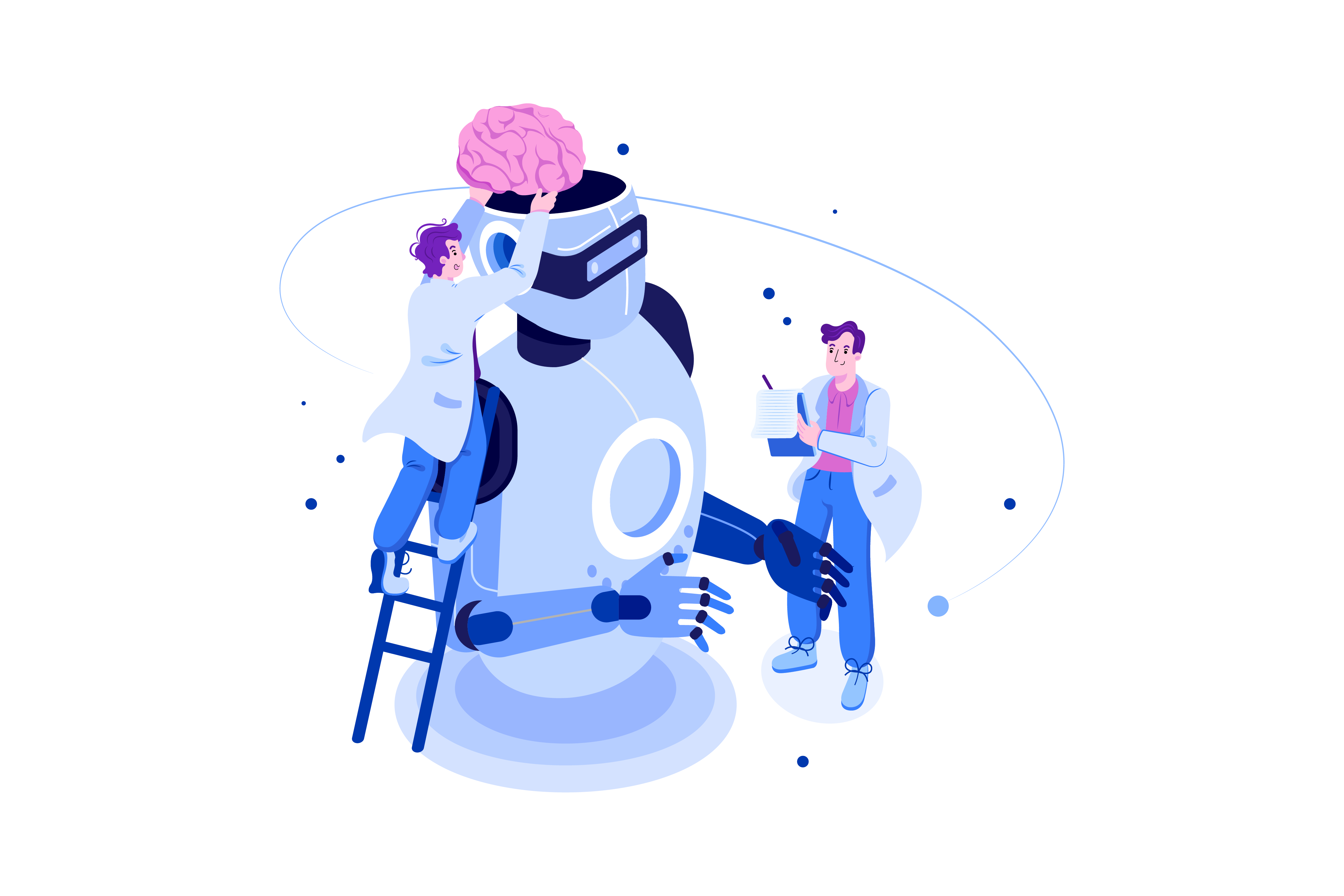Five years have passed since the release of “Marketing 4.0,” which also triggered the birth of transcosmos’ (hereafter referred to as “our company”) “5A Loyalty Diagnosis” service. The latest book in the series, “Marketing 5.0,” was released in Japanese on April 20, 2022. Marketing 5.0 discusses generational and social challenges in the digital society and new tactics for utilizing marketing technology. In this series of articles, we will provide a chapter-by-chapter overview in an easy-to-understand manner.
In Part 1, we summarize the “Welcome to Marketing 5.0“.
Contents
About the “Marketing X.0” Series
The first book in the Marketing X.0 series, authored by Philip Kotler, the “father of modern marketing,” and others, is Marketing 3.0: New Rules for the Social Media Age. In Marketing 3.0, it was explained that customers have come to expect not only functional and emotional satisfaction but also spiritual fulfillment from the brand of their choice. Companies, therefore, needed to differentiate themselves based on their values. Although this book was published 10 years ago, it is even more evident today as the Generation Y and Z populations become more mainstream.
Then in 2017, the second book in the series, Marketing 4.0: Ultimate Laws of the Smartphone Era (Japanese edition), was published. The book discussed the adaptation of marketing in the digital world from traditional marketing to an omnichannel approach that uses offline channels in addition to online. The “5A” indicator, which forms the basis of the “5A Loyaly Diagnosis” that we provide, was also proposed for the first time in Marketing 4.0.
Time to go with Marketing 5.0.
Marketing 5.0 is about using technology that mimics humans to create, communicate, deliver, and enhance value throughout the customer journey. In the journey, the goal is to create a new customer experience (CX) that is frictionless and engaging. Technologies include AI, NLP, sensors, robotics, augmented reality (AR), virtual reality (VR), IoT, and blockchain. The combination of these technologies will be the enabling factor for Marketing 5.0. In the previous edition of Marketing 4.0, these technologies had not yet become mainstream and were excluded. However, the pandemic of new coronavirus infections starting in 2019 has triggered an undeniable acceleration of the digitalization of companies. New technologies are already being embraced in a variety of industries. AI, for example, reveals customer buying patterns and helps recommend appropriate products and content based on the profile of a particular customer group. Recommendation engines are an important differentiation tool for e-commerce and digital companies such as Amazon, Netflix, and YouTube. Retailers can also use sensors and IoT to provide digital experiences in the physical store space. In our everyday lives, for example, we may be offered appropriate promotions after our demographic attributes are estimated by a face detection screen in a mass retailer.
However, despite the detailed discussion of technology, it is still pointed out that “humans” should be at the center of Marketing 5.0. In order to achieve compelling CX, companies need to leverage a balanced symbiosis between human and computer intelligence. Human intelligence is context-aware, yet fuzzy. Which areas machines and humans are best suited for each will be discussed in detail in Chapter 7 of Marketing 5.0.
Five Components of Marketing 5.0
Marketing 5.0 is based on three interrelated applications: predictive marketing, contextual marketing, and extended marketing. And their use is based on the organization’s two disciplines: data-driven marketing and agile marketing.
These five components are explained in detail in later chapters, so this article provides only an overview.
①Data-driven marketing
Data-driven marketing is the activity of analyzing big data from a variety of sources, both internal and external to a company, as well as building a data ecosystem to facilitate and optimize marketing decisions.
②Agile marketing
Agile marketing is the use of distributed, cross-functional teams to rapidly conceptualize, design, develop, and validate products, marketing, and campaigns.
③Predictive marketing
Predictive marketing is the process of predicting the outcome of marketing activities before they begin, for example by building and using predictive analytics tools with machine learning capabilities.
④Contextual marketing
Contextual marketing is the activity of identifying and profiling customers and then using sensors and digital interfaces in physical spaces to provide personalized interactions with them.
⑤Augmented marketing
Augmented marketing refers to the use of technology that mimics humans, such as chatbots and virtual store clerks, to improve the productivity of customer-facing marketers.
The two disciplines and three applications are not mutually exclusive. Companies applying Marketing 5.0 can radically change the way marketers do their jobs by meeting these five imperatives, and a discussion of the five elements is discussed in more detail in Chapter 8 and beyond.
First, you may want to consider what advanced technologies you believe will bring value to your company. The implementation of digital technologies is rapidly becoming a requirement, in part due to the pandemic of the new coronavirus infection, and needs to be considered at every step of the customer journey.
